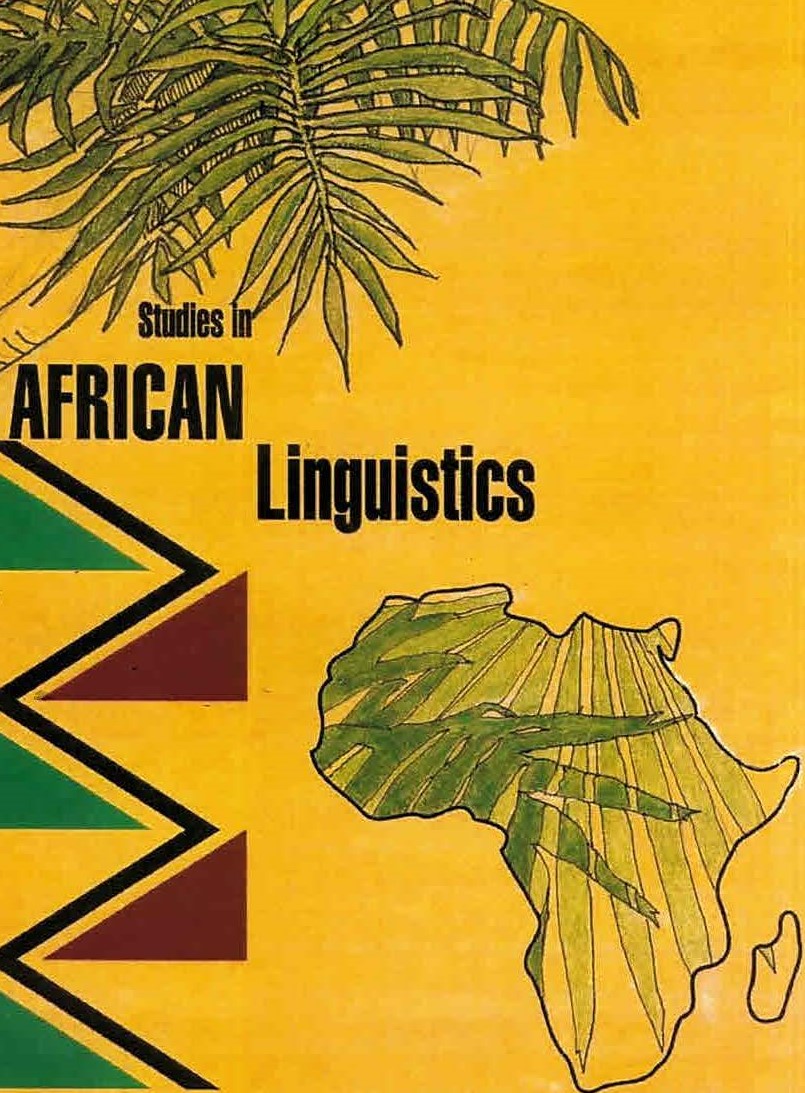Some issues on the Morphology of Yoruba comparatives and superlatives
DOI:
https://doi.org/10.32473/sal.52.1and2.129285Keywords:
Key words: construction morphology, word construction schema.Abstract
Abstract
This paper provides a descriptive analysis of some issues concerning the morphology of Yorùbá comparatives and superlatives. Data were obtained from the researcher who is a native speaker of the language as well as from two adults (A man and a woman) in their fifties who are also native speakers of the language. I was able to describe and translate the data using my intuition as a native speaker of the language. The data were grouped into three categories, monosyllabic, disyllabic and trisyllabic adjectives. The implication of the analysis shows that in Yoruba, tone is a distinct marker of the comparative and the superlative. Also, the comparative and the superlative suffix reflects inflectional morphology, and can attach to any tone pattern of base adjectives that are monosyllabic, disyllabic, or trisyllabic. In addition, within the framework of construction morphology, the study provides a word construction schema to account for the comparative and the superlative forms.
Metrics
Downloads
Published
Issue
Section
License
Copyright (c) 2024 Foluso Mary Okebiorun

This work is licensed under a Creative Commons Attribution-NonCommercial 4.0 International License.


